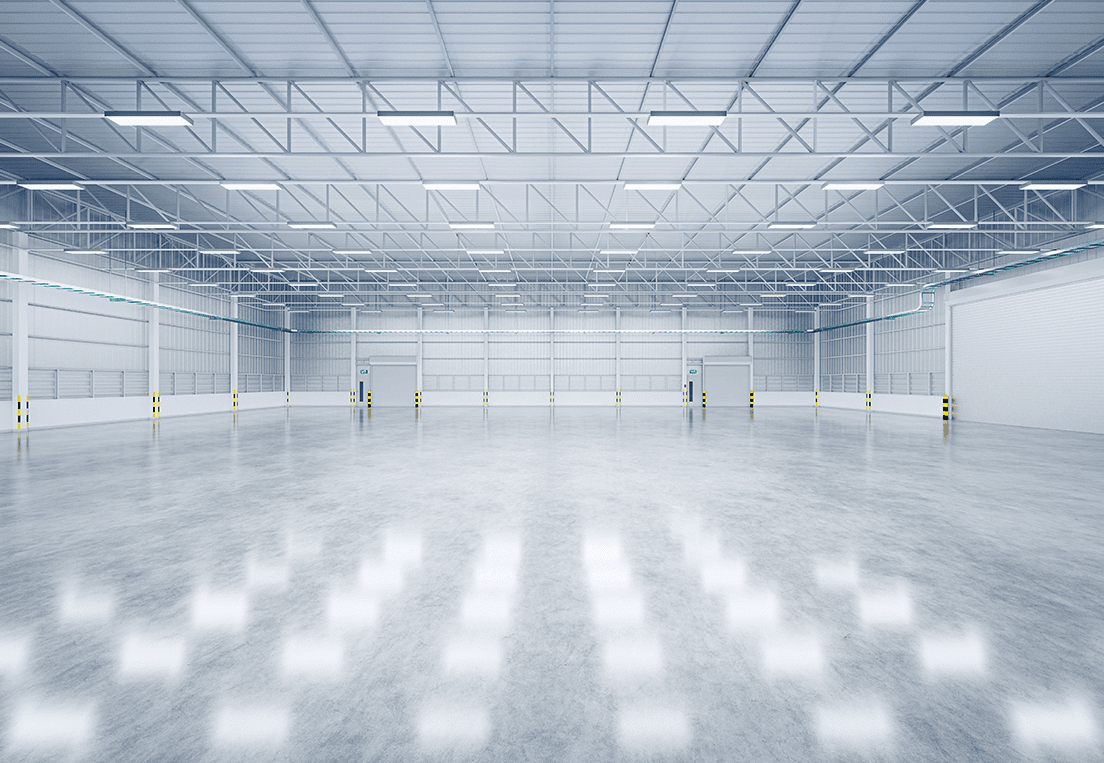Total Cost of Ownership: What Is It, How is it Calculated and Why Does it Matter?
In the 1980s, while a professor at Brigham Young University, Doug Christensen adapted the concept of Total Cost of Ownership (TCO) to the construction and maintenance of college campus facilities. His revolutionary publication Buildings…The Gifts That Keep on Taking highlighted the need for a full analysis of the lifetime cost of new construction on campuses. This push to understand lifetime costs beyond initial construction expenses has since parlayed into both private and commercial construction.
What is Total Cost of Ownership?
The term Total Cost of Ownership (sometimes called Life Cycle Cost Analysis) refers to a building’s lifetime cost, from initial construction through decades of operation. Most clients are surprised to learn that the bulk of a building’s cost comes after construction is completed, meaning that the large price tag associated with preconstruction, materials procurement, construction, and closeout are only the tip of the iceberg. In fact, the initial expense of construction makes up only 10% of the TCO associated with a new build!

How is TCO Determined?
TCO is calculated by considering all aspects of initial construction, along with an analysis of the lifetime costs associated with a building. This includes factors such as:
- Energy Efficiency
- Long Term Facility Maintenance
- Systems Repair and Replacement, etc.
Once all lifetime costs are considered, an appropriate TCO can be determined. This calculation not only gives a client a more accurate understanding of the lifetime value of a property, but a TCO analysis also makes room for cost-saving improvements during the preconstruction phase.
Optimizing Your TCO
Preconstruction
Preconstruction refers to the initial planning stage of a project. During this time the project scope is detailed, building schedules are mapped, timelines for materials procurement are outlined, and a cost estimation is completed. This is also the phase in which potential issues are identified and solved before they become costly construction mistakes. Preconstruction is the optimum time for the Total Cost Analysis of a project to be completed.
The Lightbulb: A Simple Example of TCO
One of the simplest ways to illustrate TCO is through the example of the lightbulb.
Before the prevalence of LEDs, buildings contained large tubes of CFLs (Compact Fluorescent Lights) in their overhead fixtures. When LEDs became common, builders had to decide whether the switch made fiscal sense. To do so, an analysis of the length of burn time versus upfront cost and energy expenses for each was completed for many structures. A simplified analysis for today, taken from TheSimpleDollar.com, would look like the chart below:




Therefore, while the initial cost of each LED bulb is 4 times higher than a CFL, the TCO for LED bulbs is $10 less per bulb. Depending on a building’s size, this can add up to hundreds of thousands of dollars in total savings.
TCO for Existing Builds
While Total Cost of Ownership should be included in the preconstruction phase of new-builds, a similar survey can be done for existing construction. This type of analysis will include the current projected lifetime costs of an existing building, as well as recommendations for ways to reduce TCO. Again, a straightforward example of reductions to lifetime costs can be found in improvements to energy efficiency.

Improving Energy Efficiency in Existing Buildings
Beyond simple changes, such as the example of switching from CFLs to LEDs outlined above, retrofitting existing systems can greatly improve Total Cost of Ownership. Changes to systems including HVAC (heating, ventilation, air conditioning), sensor-backed lighting controls, heat capture and reuse, and others can greatly reduce long-term cost estimates for the operation of a building.
Recently Fleming completed the modernization of Woodyard Properties’ industrial facility at the Port of Catoosa. Upgrades to the building included the replacement of the nearly 45-year-old flat roof with a sloped roofing system and added roof and wall insulation. Fleming also assisted the client in identifying energy efficiency rebates and tax incentives, an easily overlooked cost reducer. Ultimately, the industrial building owned by Woodyard Properties received an upgraded appearance along with an upgraded Total Cost of Ownership!
The Complete Picture
Whether a TCO analysis is performed during preconstruction or as a guide for recommended retrofits, it is clear that the information gathered is essential in having a complete picture of the long-term financial commitments that come with a building. Fleming Construction Group is here to identify your Total Cost of Ownership and recommend ways to reduce lifetime expenses.


